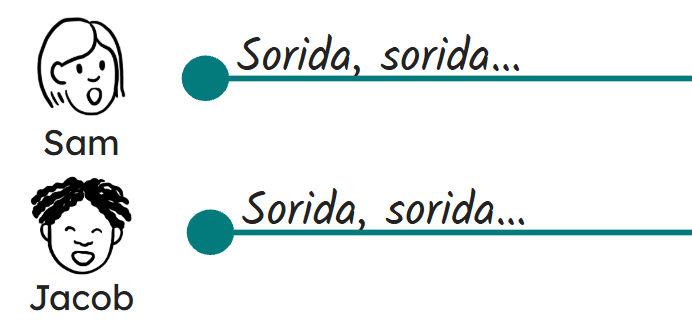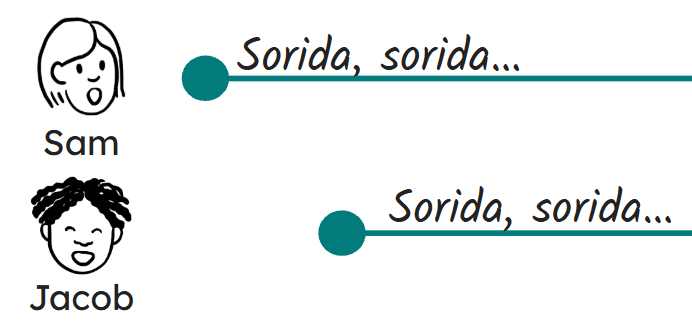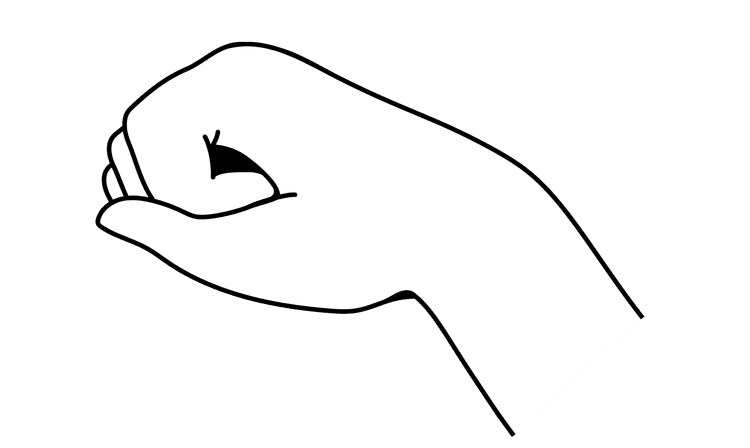Myths about teaching can hold you back
- Year 4
Rhythmic ostinato and practising rounds
I can perform a rhythm ostinato and practise round singing, holding my part confidently.
- Year 4
Rhythmic ostinato and practising rounds
I can perform a rhythm ostinato and practise round singing, holding my part confidently.
These resources were made for remote use during the pandemic, not classroom teaching.
Switch to our new teaching resources now - designed by teachers and leading subject experts, and tested in classrooms.
Lesson details
Key learning points
- A rhythmic ostinato is a repeating musical idea created from a rhythmic pattern.
- We can create and perform a rhythm ostinato using ta and ta-di while singing a song.
- A round is a song structure where multiple groups sing the same melody but start at different times.
- Rounds can be sung in two or more parts.
Keywords
Harmony - the combination of two or more notes played or sung together, creating a pleasing sound
Round - a song structure where multiple groups sing the same melody but start at different times
Rhythmic ostinato - a repeating musical idea created from a rhythmic pattern
Solfège - a system of naming pitches so we can recognise patterns by ear, e.g. sol mi do
Common misconception
The rhythmic ostinato matches the syllables of the song words.
We have composed ostinatos using the syllables of the words, but rhythmic ostinatos can be made with any rhythm pattern.
To help you plan your year 4 music lesson on: Rhythmic ostinato and practising rounds, download all teaching resources for free and adapt to suit your pupils' needs...
To help you plan your year 4 music lesson on: Rhythmic ostinato and practising rounds, download all teaching resources for free and adapt to suit your pupils' needs.
The starter quiz will activate and check your pupils' prior knowledge, with versions available both with and without answers in PDF format.
We use learning cycles to break down learning into key concepts or ideas linked to the learning outcome. Each learning cycle features explanations with checks for understanding and practice tasks with feedback. All of this is found in our slide decks, ready for you to download and edit. The practice tasks are also available as printable worksheets and some lessons have additional materials with extra material you might need for teaching the lesson.
The assessment exit quiz will test your pupils' understanding of the key learning points.
Our video is a tool for planning, showing how other teachers might teach the lesson, offering helpful tips, modelled explanations and inspiration for your own delivery in the classroom. Plus, you can set it as homework or revision for pupils and keep their learning on track by sharing an online pupil version of this lesson.
Explore more key stage 2 music lessons from the Singing for performance: discovering different ways to sing in harmony unit, dive into the full primary music curriculum, or learn more about lesson planning.

Equipment
Pencils or lollysticks (8-10 per pair)
Licence
Prior knowledge starter quiz
4 Questions
Q1.Match the rhythm names to the correct number of sounds.
1
2
3
4
Q2.Which image shows two people singing a round?



Q3.Which solfège pattern shows pitches moving from lowest to highest?
Q4.Which hand sign shows the pitch 'mi'?



Assessment exit quiz
4 Questions
Q1.What do bar lines show in music?
Q2.Which of these rhythm patterns is 4 beats long?







